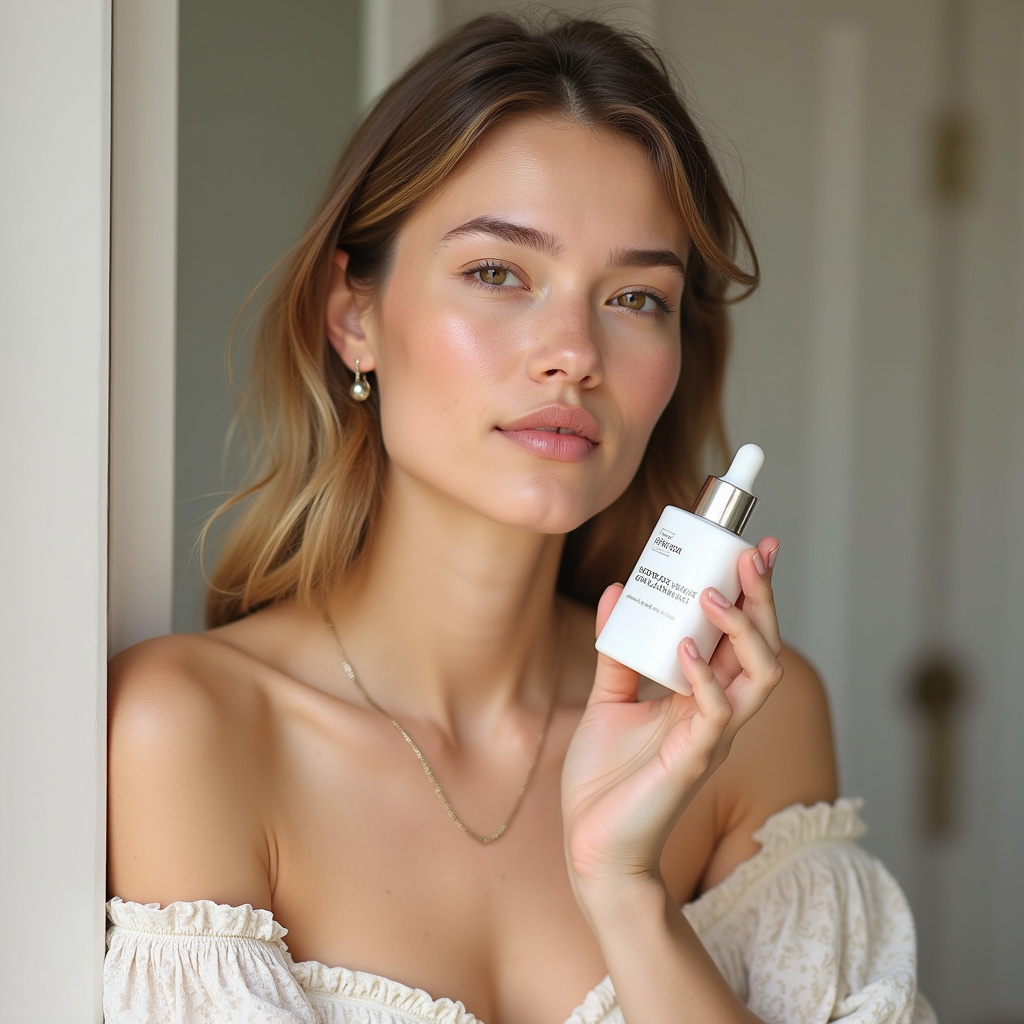Introduction
Have you ever stood in front of a skincare aisle, feeling overwhelmed by an array of products and their complicated labels? You’re not alone! In today’s world of beauty and self-care, understanding what goes into our skincare can seem daunting. But fear not! This guide will help you decode those labels and make informed choices about your skincare products.
Understanding Ingredients
The first step in decoding your skincare labels is to familiarize yourself with common ingredients. Here’s a breakdown of some key components you might encounter:
- Water: Most skincare products start with water as a base.
- Emollients: Ingredients like shea butter or jojoba oil help to soften and soothe the skin.
- Humectants: Ingredients such as glycerin or hyaluronic acid draw moisture into the skin.
- Preservatives: These keep products safe from bacteria and spoilage; examples include parabens and phenoxyethanol.
- Active Ingredients: These are the stars of the show, such as retinol for anti-aging or salicylic acid for acne treatment.
Reading the Label Order
One of the simplest tricks to understanding skincare labels is to look at the order of ingredients. Ingredients are listed in descending order by weight. This means that the first few ingredients are the most prevalent in the product. If you see water as the first ingredient, followed by oils, you can expect a hydrating formula. However, if you see alcohol listed among the top three ingredients, it might not be the best choice for dry skin types.
Identifying Fragrances and Dyes
Fragrances and dyes can be tricky. While they may enhance the product’s appeal, they can also irritate sensitive skin. Look for terms like “fragrance-free” or “dye-free” if you have skin sensitivities. Natural fragrances, like essential oils, are often better tolerated, but it’s always best to patch-test a new product.
Recognizing Common Misleading Terms
Skincare labels can sometimes be misleading. Terms like “hypoallergenic” or “natural” aren’t strictly regulated and can mean different things to different brands. Here are a few red flags to watch out for:
- “All-Natural”: Just because an ingredient is natural doesn’t mean it’s safe for everyone.
- “Non-Comedogenic”: This term suggests the product won’t clog pores, but it can vary from person to person.
- “Dermatologist-Tested”: This doesn’t guarantee that the product is effective or suitable for your skin type.
Understanding Expiration Dates
Just like food, skincare products have expiration dates. Look for the “Period After Opening” (PAO) symbol on the packaging, which indicates how long the product is safe to use after being opened. For example, a jar with a 12M PAO means that it’s good for 12 months. Using expired products can lead to skin irritation or infections, so always check!
Consulting Resources
Don’t hesitate to consult reliable resources for more information on skincare ingredients. Websites like the Environmental Working Group (EWG) and INCI Decoder can provide you with detailed information about specific ingredients and their effects on your skin.
Conclusion
Decoding skincare labels doesn’t have to be a puzzle! By understanding the ingredients, reading the label order, and being aware of misleading terms, you can make better choices for your skincare routine. Remember, everyone’s skin is unique, so what works for one person may not work for another. Always take the time to choose products that align with your skin’s needs and sensitivities. Happy skincare shopping!




